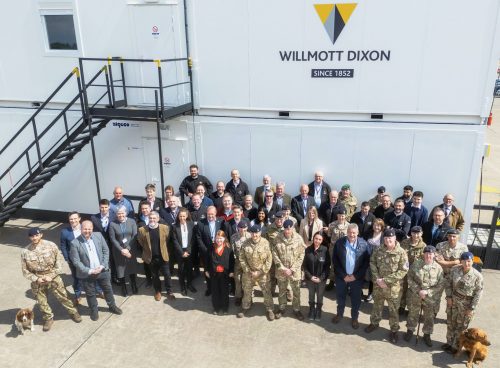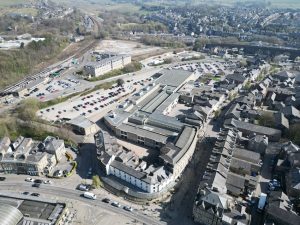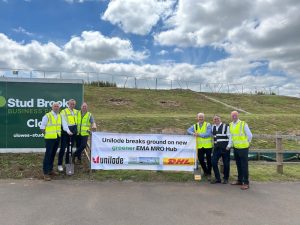Contractor chosen on £61m army barracks project

Willmott Dixon has been chosen by the Defence Infrastructure Organisation (DIO) to undertake a £61m project for the British Army at Kendrew Barracks in Rutland, East Midlands.
Through the Crown Commercial Service framework, Willmott Dixon will provide infrastructure to relocate the 18 Army
Education Centre and 1 Military Working Dogs from St George’s Barracks to Kendrew Barracks.
The project, part of the Army re-basing initiative, includes constructing 11 new buildings and refurbishing or retrofitting four others, allowing for the disposal of St George’s Barracks by 2026.
The 13,000 m² development will feature 173 new kennels, a vet centre, training facilities, squadron offices, a new gym and the repurposing of a hangar as the Regimental Headquarters and Quartermaster stores.
Nick Heath, director at Willmott Dixon, said: “This significant investment from the Army, supported by the DIO, is set to create high-quality facilities for those stationed at Kendrew Barracks. It’s always a privilege to contribute to national defence by making sure the estate meets the needs of those who access and use the facilities.
“Operating on a live barracks, as we will be throughout this project, creates unique challenges in terms of ongoing operations, but our wealth of experience within the sector means we are well positioned to understand and overcome these. Works will incorporate DREAM – the environmental assessment tool for new building and refurbishment projects on the defence
estate – and we are aiming for high standards across all elements of the project.
“In particular, the new build elements will be targeting net-zero carbon in operation. With modern methods of construction also set to be used within the kennel structures, the entire scheme has been considered about its current and future impact.”
Belinda Lunn, senior responsible owner of Army Basing Project Kendrew said: “I am delighted to see the Kendrew Barracks project progressing as part of our ongoing effort to rationalise the Defence estate, provide the right infrastructure for the Army and enable the delivery of the important Military Working Dogs capability.”
Expected to be completed in December 2025, the project team working on the scheme also includes architect Corstorphine + Wright.









